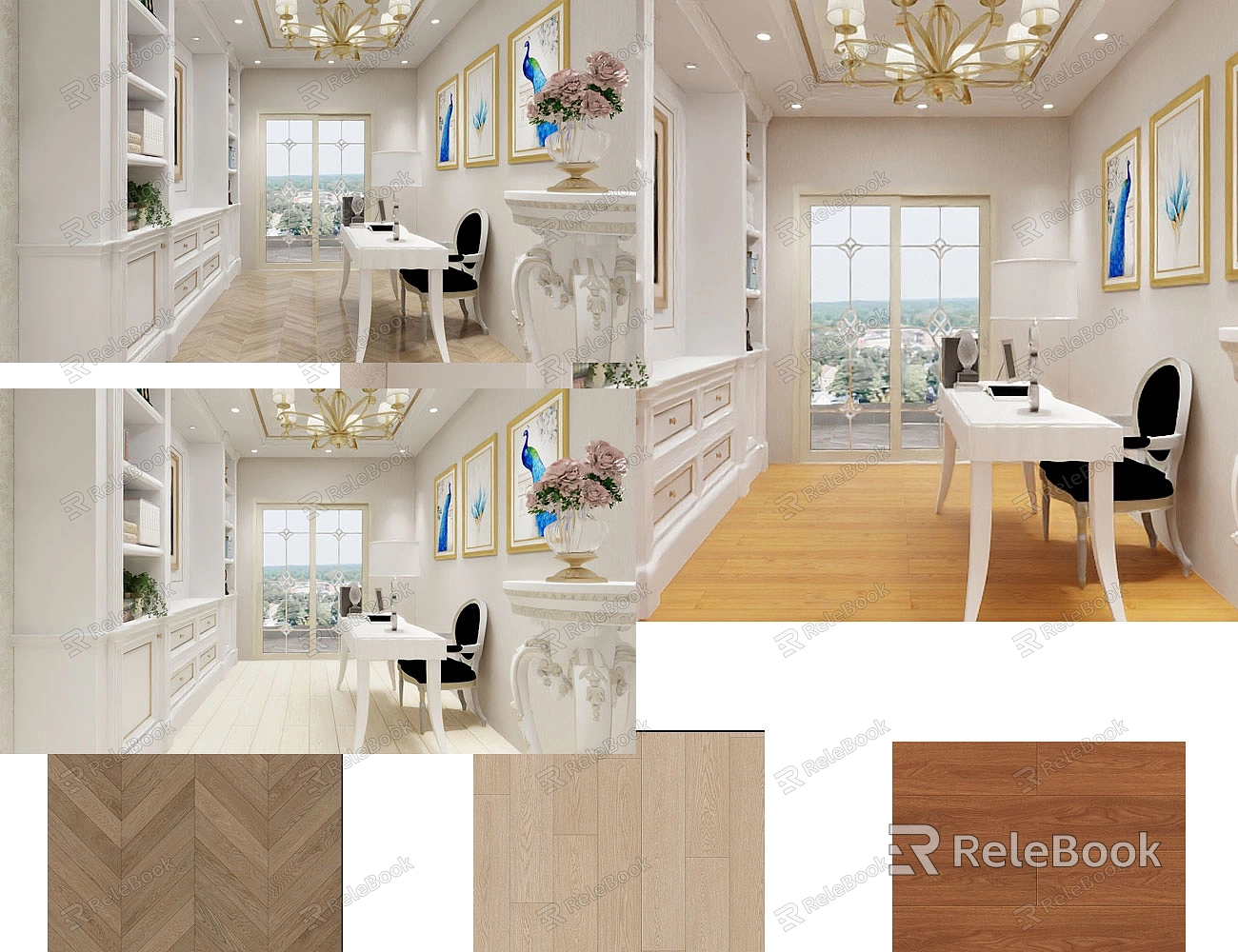How to Create 3D Textures?
In computer graphics and game development, 3D textures are an essential component for creating realistic and stunning visual effects. This article will guide you on how to create 3D textures, along with some commonly used techniques and tools.If you need it, I recommend downloading 3D textures from Relebook. There is no better choice than this.
Determine the Texture Type:
Before creating 3D textures, it is important to determine the type of texture. Common texture types include color textures, normal maps, displacement maps, and environment maps. Choose the appropriate texture type based on your requirements.
Create Texture Images:
Use image editing software like Photoshop to create texture images. You can utilize painting tools, filters, and texture generators to design and generate textures. Considering that the textures will be applied to 3D models, it is recommended to use high-resolution images for better detail and quality.
UV Mapping:
Before applying textures to 3D models, UV mapping is necessary. UV mapping is the process of mapping 2D texture coordinates onto the surface of a 3D model. Proper UV mapping ensures that the texture is correctly displayed on the model.
Texture Mapping:
Apply the textures to the 3D model. This can be achieved by loading the texture image into 3D modeling software such as Blender, Maya, or 3ds Max and combining it with the model’s UV mapping. The specific steps may vary depending on the software used.
Texture Adjustments:
Adjust and optimize the textures as needed. This includes tweaking parameters such as color, contrast, brightness, and utilizing techniques like filters and layer blending modes to enhance the texture effects.
Advanced Texture Techniques:
In addition to basic texture creation techniques, you can explore advanced texture techniques to enhance the effects. For example, using normal maps to simulate bump mapping, displacement maps for detailed deformations, or environment maps to simulate lighting and reflection effects.
Texture Optimization:
When creating 3D textures, it is important to consider texture performance and optimization. This includes reducing texture resolution, using compression formats, texture atlasing, and other techniques to ensure optimal performance of the textures in games or applications.
Creating 3D textures is a crucial step in achieving realistic and stunning visual effects. By selecting the appropriate texture type, creating high-quality texture images, performing correct UV mapping and texture mapping, utilizing advanced texture techniques, and optimizing textures for performance, you can achieve outstanding 3D texture results. Keep learning and practicing, and you will be able to create breathtaking 3D texture works.

